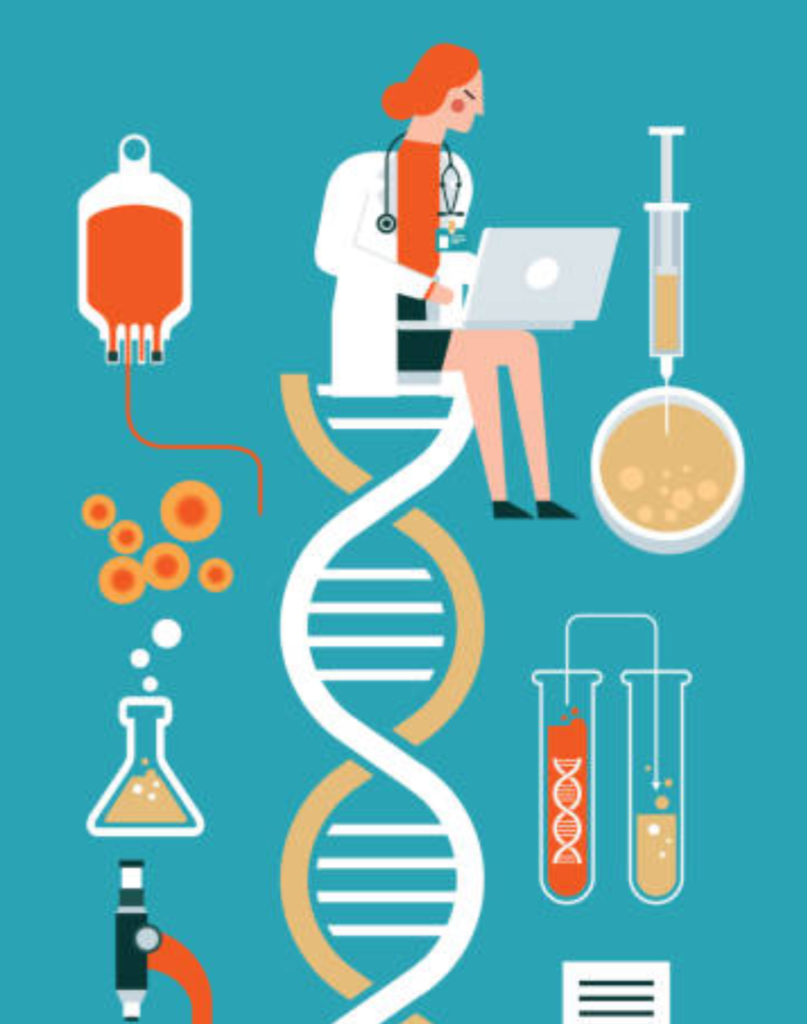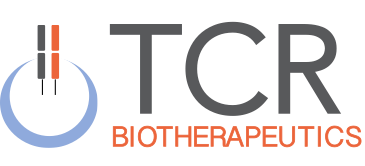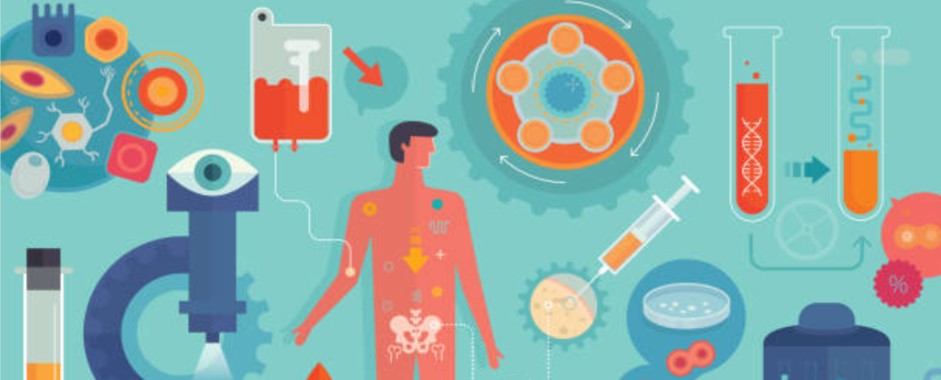Key Barriers facing Allogeneic Cell Therapies: Immune Rejection and GvHD
Cell therapy is based on the premise that a patient’s own cells (autologous) or those from a healthy donor (allogeneic) can be engineered and deployed to cause tumor or disease regression. Over the past decade significant advances in cell therapy have been made, particularly in genetic modification and manufacturing. As such, cell therapies have now emerged as viable alternatives to traditional treatment options such as small molecule drugs. The clinical efficacy of autologous cell therapy has also been proven with stunning results, including complete remissions in leukemia and lymphoma patients.[1]
Although it remains unknown which cell therapy approach (i.e., autologous or allogeneic) will ultimately emerge as more successful from a efficacy and commercial perspective, an important advantage offered by the allogeneic approach is its alignment with the traditional “off-the-shelf” biopharmaceutical delivery model. For example, large-scale manufacturing is more feasible and economical with allogeneic cell therapies. Moreover, allogeneic products can be stored in cell banks, tested for safety and efficacy, and delivered for patient care when needed.
Despite the logistical advantages of allogeneic cell therapies, a major drawback is the potential immunological issues caused by infusing allogeneic cells in the patient[2], including immune rejection and/or immune-related disease, including graft versus host disease (GvHD).
Barrier #1: Immune Rejection
When cells from an allogeneic donor are transferred into a immunocompetent patient, T cells from the patient may recognize cells from the donor as foreign and reject them.[3] Although HLA matching can reduce immune-mediated rejection in organ transplants and hematopoietic cell grafts, not all patients receive cells or organs from a fully HLA matched donor. For allogeneic cell therapy, lymphodepletion of the patient may enable the cell therapy product to persist in the patient long enough to have a therapeutic benefit.
Barrier #2: Graft Versus Host Disease
In hematopoietic cell transplant, GvHD occurs when donor derived T-cells recognize mismatched HLA antigens via the T cell receptor (TCR) and attack the patient’s tissues. GvHD symptoms include blisters on the skin or rashes, nausea, diarrhea and jaundice and can be fatal if not treated appropriately. GvHD is a major cause of morbidity and mortality from allogeneic hematopoietic stem cell transplantation. Similarly, allogeneic T cells introduced to the patient as a cellular therapy can also cause GvHD unless the cells are engineered to reduce the chance of an alloimmune response (removal of the TCR, for example).

Strategies to Overcome the Barriers of Allogeneic Cell Therapy
Despite the challenges of allogeneic cell therapies, there are several potential solutions to mitigate unwanted or “off target” alloimmune reactions. As HLA disparity is a major driver of alloimmune reactivity, one option is to have a readily available HLA-matched cellular product suitable for all patients.[4] Although HLA cell banks could address the common HLA types in the population, the diversity of the HLA system precludes having perfect HLA matched cells for all patients.
Alternatively, the use of allogeneic T cells primed against a specific peptide/HLA complex may reduce unwanted alloreactivity. For example, allogeneic virus-specific T cells show minimal GvHD despite exhibiting potent anti-viral activity in vivo.[3] Therefore, allogeneic cell therapies that show a high degree of TCR specificity may be able to avoid GvHD side effects.
As HLA disparity is a major driver of alloimmune reactivity, one option is to have a readily available HLA-matched cellular product suitable for all patients
Finally, emerging immunomodulatory therapeutics may also provide an effective tool to manage the risk of GvHD in patients following hematopoietic cell transplant or cell therapy. By pairing allogeneic cell therapies with an effective immunomodulatory strategy, clinicians may be able to balance efficacy while minimizing pathogenic alloimmune responses. TCR Biotherapeutics is focused on developing a best-in-class immunomodulatory therapeutic that will change the treatment paradigm for GvHD and may also improve the safety of allogeneic cell therapies. To learn more about our technology, check out this overview or follow us on social media (click icons below) for frequent updates.
[1] Rafiq, S., Hackett, C.S. & Brentjens, R.J. Engineering strategies to overcome the current roadblocks in CAR T cell therapy. Nat Rev Clin Oncol 17, 147–167 (2020). https://doi.org/10.1038/s41571-019-0297-y
[2] Graham, C. et al. Allogeneic CAR-T Cells: More than Ease of Access? Cells 2018, 7, 155; doi:10.3390/cells710015.
[3] Malik, NN and Durdy, MB. Cell Therapy Landscape: Autologous and Allogeneic Approaches. Translational Regenerative Medicine, 2015;12(1):88–4.
[4] Abberton K, Tian P, Elefanty A, et al. Banked Cord Blood Is a Potential Source of Cells for Deriving Induced Pluripotent Stem Cell Lines Suitable for Cellular Therapy. Stem Cells Transl Med. 2018;7(Suppl Suppl 1):S13. Published 2018 Sep 5. doi:10.1002/sctm.12363


Comments are closed